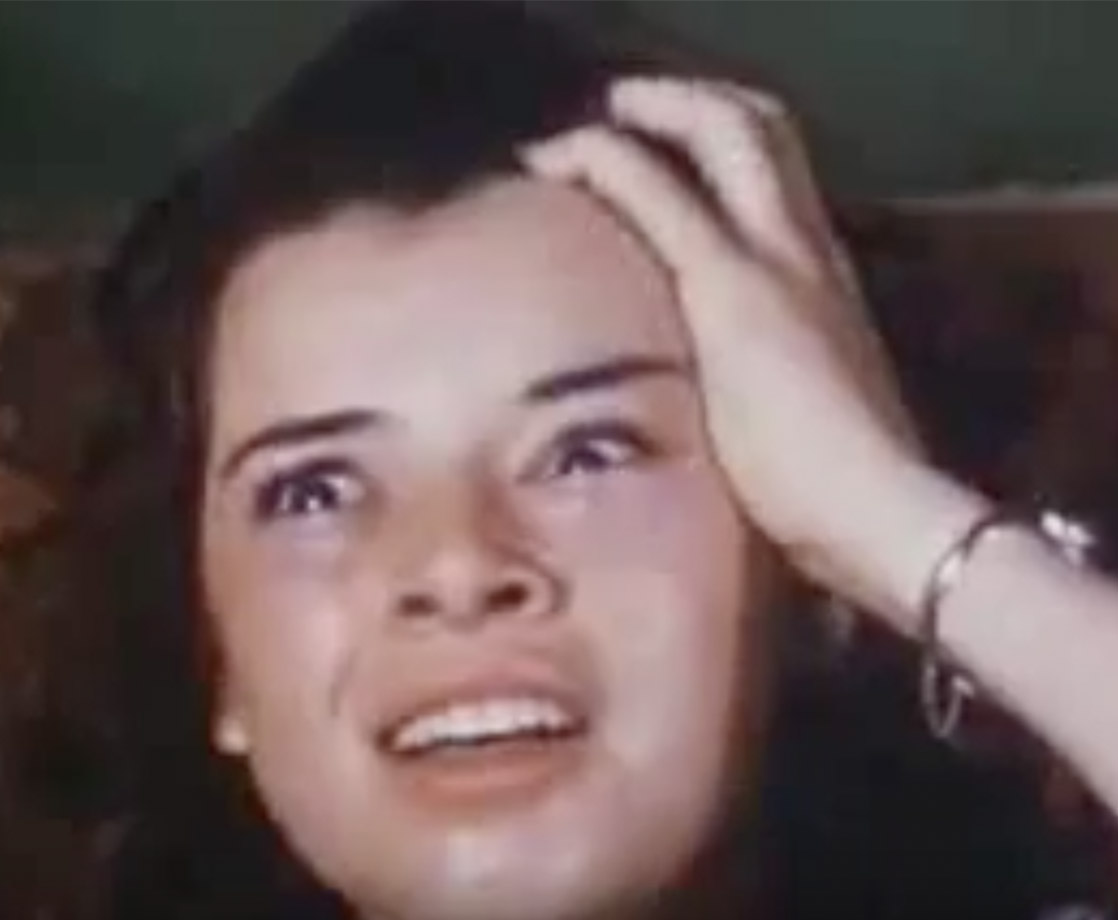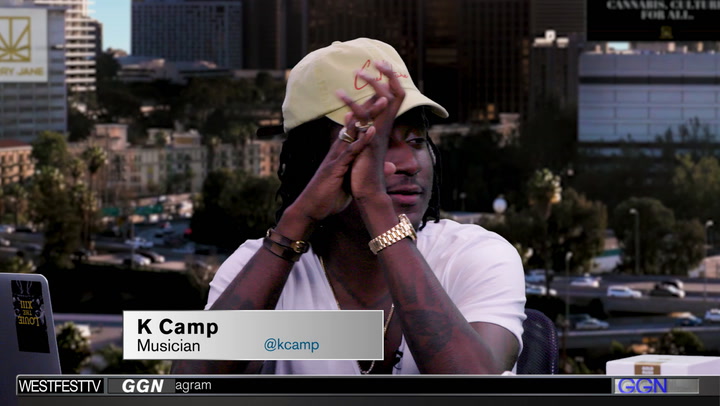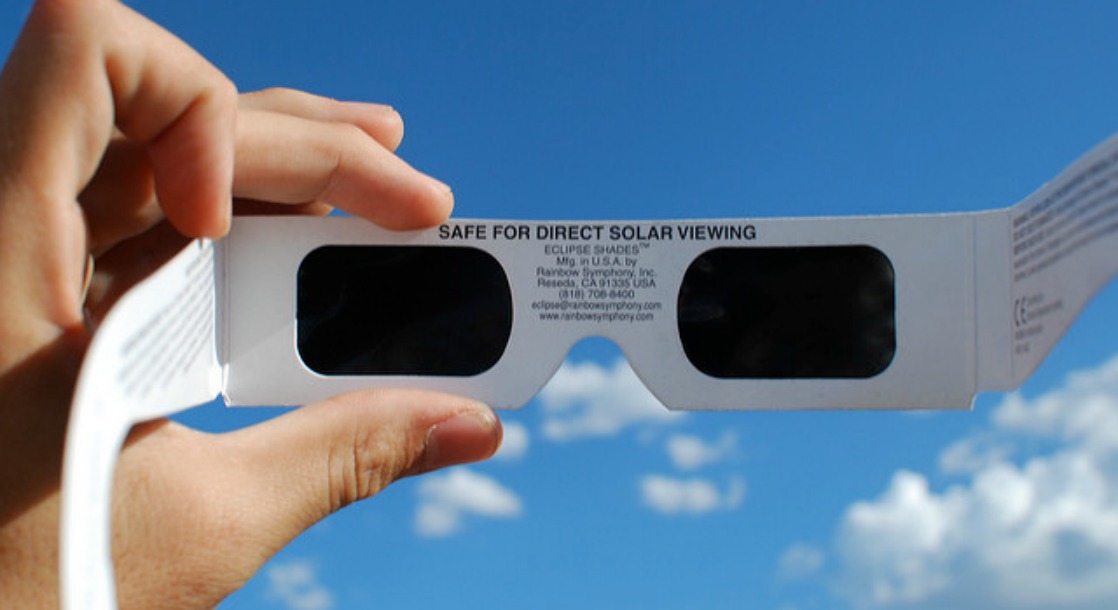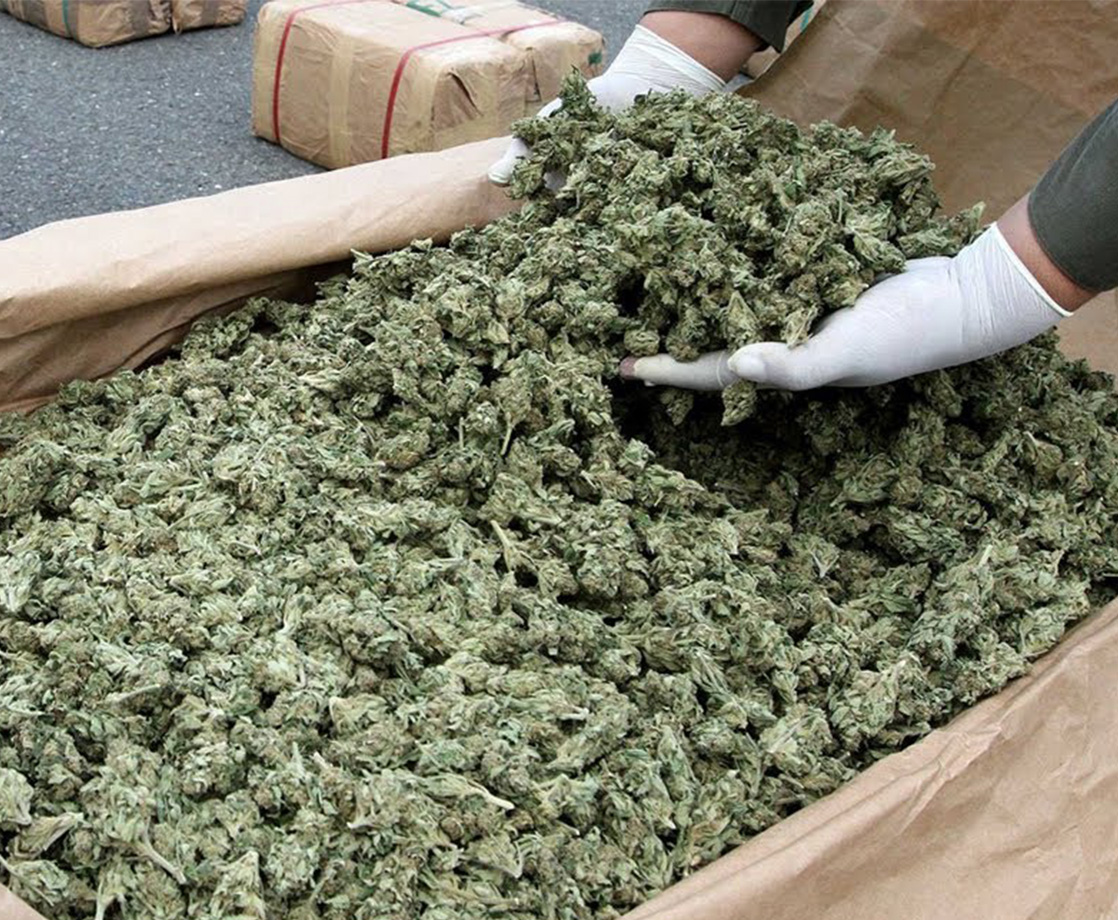The United States’s sordid history with drugs haunts the country to this day, infecting much of the deep-seeded tensions regarding race and class, not to mention the country’s historically radical generation gap. In our column, #TBT on THC, we parcel through the canon of American anti-weed propaganda of yesteryear — from “Reefer Madness” to “Just Say No” and D.A.R.E. — and analyze their content and context from the perspective of the present.
We live in relatively conspiracy-minded times, in which notions of authority and facts are not only under siege — they seem to be actively dissipating. This sense of paranoia manages to permeate the 1951 anti-marijuana PSA The Terrible Truth, too. While a rather tame affair, if judged in terms of hysterics, the film stands out due to its focus on moral preservation, as well as how it foreshadows the knuckle-biting anxiety that permeated American during the impending McCarthy era.
In general, these PSAs tend to feel dated in the way that other cultural products from their time don’t. They capture the uncoolness of a time period, and the ways in which suppression and intolerance to anything unknown or foreign was telegraphed. This type of media doesn’t have the type of cultural footprint that makes a comeback a few decades down the line, likely because most people aren’t keen on waxing nostalgic over stagnant and inherently-biased propaganda (besides me and this column, of course). But 1951’s The Terrible Truth feels about as 2017-ready as any of these films are likely to be. It is a propaganda film that leans right into baseless finger-pointing, and it’s about as conspiracy-loaded and post-truth as any government-sponsored content to come out of this current hell-scape of an administration is likely to be.
The Terrible Truth opens with slides fit for an old movie serial, making you think you might be in store for something closer to Buck Rogers than the stern finger-wagging you end up on the receiving end of. The film is bookended with narration by Judge William B. McKesson, a judge for the Los Angeles Juvenile Court, who appears in the opening scene mournfully reading the newspaper headlines of the day: “Police Grab 21 Young Addicts”; “Nab 16 In Teen Age [sic] Dope Raid”; and, my personal favorite, “Schools Should Fight Dope,” which is pretty much a proto-thinkpiece headline. McKesson isn’t surprised to read these headlines — he just can’t believe he’s reading them in America. “It’s fantastic, it’s unbelievable, and it’s terrible,” he scolds, “but it’s true.”
“Look at these recent figures,” McKesson says as a graph with literally no information bombards the screen. We see an uptick in something, numbers parking a steep rise, with no other information on the axis of the chart. McKesson is convinced this sharp rise in something will lead to the destabilizing of American mores, and his biggest concern is that it has begun to happen already.

This leads us to the story of one Phyllis Howard, a teenager who looks closer to a hard 40. “This was Phyllis six months ago,” he says, holding up the picture of what appears to be a caricature of a drunk aunt type. Immediately, Phyllis’s voiceover takes over, and she guides us into the underbelly of drug use, through the prism of someone who has never taken a proverbial (or literal) chill pill in her entire life.
Phyllis is a senior at her high school, living a normal life until she and her friend Ellen befriend Jim and Bob, cute guys who also happen to smoke pot — “that’s jive talk for marijuana,” she handily explains. “It’s funny what it does to you,” she says. “Everything speeds up to 100 miles an hour.” Note that I’m watching this while absolutely blitzed, half-melting off my couch, and with a suspiciously egregious amount of pretzel crumbs all over me; a highway chase scene this is not.
But for Phyllis, it’s life in the fast lane and it did her in quick. In a matter of minutes, she and Ellen are done, her friendship with Jim and Bob has given way to a craven need for the green stuff, and next thing we know she’s hanging around with Chuck, a dapper looking dude in a well-fitting suit and with hair in a perfect coif. In a Shyamalan-level twist, it turns out he's a… pot peddler (*GASP!*). From here, the story darkens; Chuck sells drugs to pay for his heroin habit. Over the span of a literal sentence, we learn that Phyllis and Chuck have gotten married, and he’s gotten her hooked on heroin.
Phyllis’s need for a drug fix slowly begin to resemble some type of post-coital nymphomania, more so than any kind of withdrawal. In any other circumstance I would roll my eyes and become convinced that she’s the “dramatic one” in her friend group, but this is a PSA and Phyllis is an object meant to push a histrionic agenda. “This is a game nobody beats,” she says right after telling us she’s beat it — a pre-cursor to the humblebrag if I’ve ever heard it. “If you use narcotics for too long, soon enough you’ll have the habit.”

It’s after this that McKesson comes back on screen, framing Phyllis’s story conveniently as both a textbook example and a miraculous exception. Seeing him gesticulate with a heroin needle in one hand and a joint in the other is pretty much the dominant optic when it comes to American hysteria regarding drug abuse. You can be a casual smoker and you can be desperate dope fiend — rarely, if ever, can you just be one. “Police say, ‘find a drug addict, find a criminal.’”
With little to no respect for actual facts, propaganda films tend to seize more on the emotional core of a viewer’s attention. This stays pretty consistent even as the films begin to morph in both tone and aesthetics in later decades; even once the government begins to funnel money into a proper anti-drug campaign, the emphasis is always on the story, trading actual information for something resembling a playground rumor.
“That’s Phyllis’s story, in the United States of America, in the 20st century,” McKesson says. “Unbelievable isn’t it, that such things can happen?” But McKesson’s pondering is limited to the continent; he quickly follows it up with a bizarre parable: some years back, he says, in the Far East, the police were rounding up dope peddlers and shooting them in the back of the head. “But it didn’t stop addiction,” he says with actual, authentic shock.

In recent times, Rodrigo Duterte, President of the Philippines, instigated a gruesome war on drugs that earns that title perhaps even more than America itself does. He began a rampage through the streets of his country, slaughtering drug dealers with a mercilessness fit for a Liam Neeson movie. Trump not only invited the czar-like Duterte to the White House, but stated that he was handling drug policy “the right way.” I thought about this as I listened to McKesson eerily echo another contemporary catastrophe.
American exceptionalism runs deep in McKesson’s assessment of what he believes America should and should not fall prey to. Whereas later on these anti-drug films would set their sights on a failing moral core in the country at large, or blame the expanse of urban decay as it snuck into the suburbs for the spread of substance use, here America’s America-ness is under siege. And, apparently, it’s a baffling display of weakness for a country not all that comfortable with losing. The Terrible Truth was released just six years after the end of World War II, and less than twelve months after the start of the Korean War, and it tells the story of a different kind of angst back on the home shores. The propaganda films to come in future decades would aim to ween kids off of something that had already permeated. Here, the war hadn’t come home yet. Phyllis almost died in America. And these are the best years of our lives.
Follow Rod on Twitter











